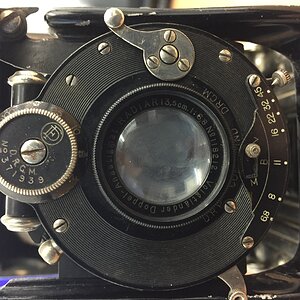- Joined
- Mar 29, 2016
- Messages
- 14,853
- Reaction score
- 8,299
- Can others edit my Photos
- Photos NOT OK to edit
In a few days it will be 7 months since the OP started this thread and DSLR continues. Will be interesting to check out this thread a year from now.


![[No title]](/data/xfmg/thumbnail/37/37245-5f15b292311b21913f10cc41f40682ba.jpg?1619737952)






![[No title]](/data/xfmg/thumbnail/31/31092-7ba73f844ad8efedd3d5fd94799a866d.jpg?1619734609)


![[No title]](/data/xfmg/thumbnail/36/36100-56ca0f8143ffca369fbf5f3dfe9cabd4.jpg?1619737343)